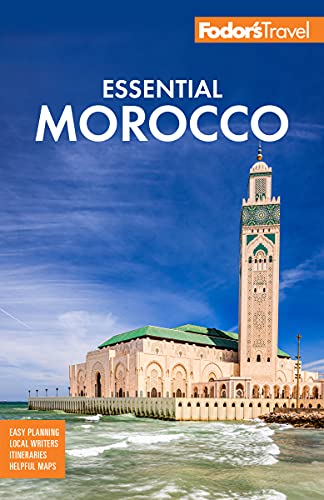Getting Oriented
Tangier’s long and varied history, as well as its location directly across from mainland Europe, has produced a unique and diverse culture filled with traces of the past. Founded by the Carthaginians in the 5th century BC and colonized by the Romans, Arabs, Portuguese, Spanish, and French over the following centuries, the city has combined the architecture, cultures, and culinary traditions from each civilization that has sought to capture it. The fertile lands throughout the Rif Valley and deep-sea fishing around Tangier have produced successful commercial industry, contributing to the wealth of the local economy.
- Tangier. The sights, sounds, and aromas of Morocco are never better highlighted than in this tumultuous collision of Rifi Berber, Arabic, and European cultures. Tangier conveniently and uniquely offers within its small borders lively souks, laid-back cafés and bars, access to both the Atlantic and the Mediterranean, and plenty of flora and fauna for nature lovers to explore.
- The Atlantic and Mediterranean Coasts. Morocco's northwest tip is home to glorious beaches, historic seaside towns, and luxurious resorts, both along the country's Atlantic coast and at Tamuda Bay, south of Ceuta on the Mediterranean. The Cap Spartel lighthouse marks the meeting place of the Mediterranean and Atlantic.
- Chefchaouen and the Rif. Chefchaouen only opened to Christians in the 20th century and has since become a favorite of locals and tourists alike. The pure mountain air, the cool, blue-and-white medina, and the slow pace of life encapsulate another era.




